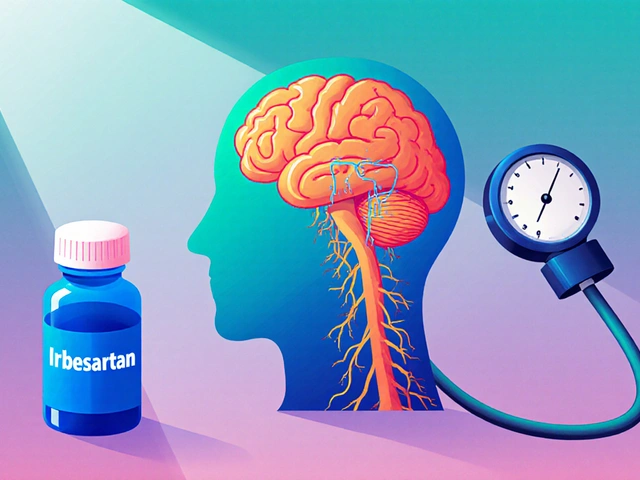Experience the Magic of Shea Butter: A Nutrient-Packed Dietary Supplement
May 20 2023Autism – What It Means, How It’s Recognized, and Ways to Help
When talking about autism, a lifelong neurodevelopmental difference that affects communication, social interaction, and behavior. Also known as Autistic Spectrum Disorder, it shows up in many shapes and intensities, so no two experiences are exactly alike.
One essential piece of the puzzle is early intervention, targeted services provided soon after a child is identified as autistic. Early intervention often includes behavioral therapy, structured programs like Applied Behavior Analysis that teach skills step by step. A second related entity is sensory processing, how the brain organizes incoming sights, sounds, and textures. Challenges in sensory processing can drive anxiety or meltdowns, so strategies that modify the environment are a key part of support. Finally, support groups, community networks for families, caregivers, and autistic individuals, provide practical advice and emotional relief.
How These Pieces Fit Together
Autism encompasses a range of traits, so a comprehensive plan often starts with a thorough diagnosis. Diagnosis requires a multidisciplinary team—pediatricians, psychologists, and speech‑language pathologists—who assess communication, social cues, and repetitive behaviors. Once a diagnosis is confirmed, the next step is mapping out an individualized plan. Early intervention requires choosing the right mix of therapies; for many families, behavioral therapy is the backbone, while occupational therapists address sensory processing challenges. Support groups then fill the gaps by sharing real‑world tips on school accommodations, workplace adjustments, and legal rights.
Practical tips flow from these connections. If a child reacts strongly to noisy environments, adjusting the sensory load—using noise‑cancelling headphones or dimming lights—can reduce distress. When repetitive behaviors interfere with learning, targeted behavioral therapy can replace them with functional skills. And when families feel isolated, joining a local or online support group provides a sounding board and a list of vetted resources. Each of these steps builds on the others, creating a layered approach that respects the individuality of every autistic person.
Below you’ll find a curated collection of articles that dive deeper into each of these areas. From detailed guides on recognizing early signs to step‑by‑step breakdowns of therapy options, the posts cover the full spectrum of autism‑related topics. Whether you’re a parent seeking actionable advice, a teacher looking for classroom strategies, or an adult on the spectrum exploring self‑advocacy, the resources ahead aim to give you clear, usable information without the jargon.
Ready to explore the specific tools, treatments, and support mechanisms that can make a difference? Scroll down to discover practical insights, expert‑backed recommendations, and real‑life stories that illuminate the path forward for anyone navigating autism.
 18 Oct
18 Oct
Autism Parenting Styles: How to Choose the Best Approach for Your Family
A practical guide for parents of autistic children, explaining how to match parenting styles with autism needs, offering strategies, tools, and a quick checklist.
Read More...




